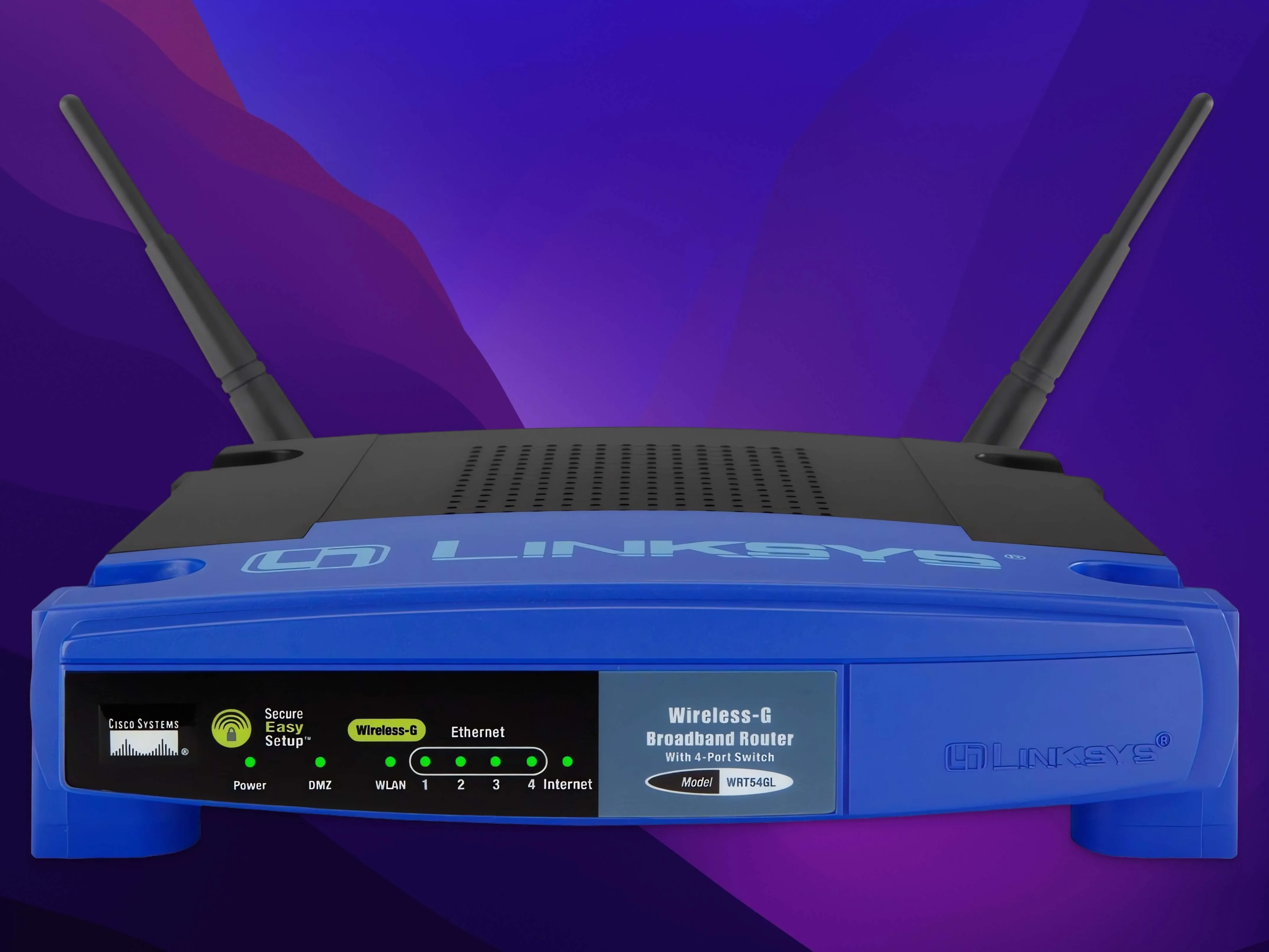
My Network Journey: From Linksys to UniFi and Sophos
network unifi sophos
Hello everyone,
It’s Joe again. Today, I want to take you on a slightly different journey – a journey through the world of network hardware. In my previous posts, we’ve focused more on software and tools, but today we’ll delve deeper into the physical infrastructure that makes our digital lives possible. I’ll tell you how I went from the beginnings with simple routers to my current passion for UniFi and Sophos.
Table of Contents
- The Beginnings: As Long as It Works!
- The First Router That Made an Impression: Linksys WRT54GL
- Netgear: The Browser Era
- Cisco, HP, Aruba, Ubiquiti, Sophos, FortiGate, Ruckus: Looking Beyond the Horizon
- Today’s Preference: Sophos and UniFi
- The Importance of Cables and Planning
- The Homelab: The Playground for New Ideas
- Outlook
The Beginnings: As Long as It Works!
When I think back to my first encounters with computers, hardware was more of a means to an end for me. I was fascinated by software, by the possibilities that unfolded in the higher OSI layers – where the real magic happened. Modems, switches, and routers? They were just supposed to work, and most of the time they did. I still remember the sound of my modem when it dialed into the internet, a sound that seems almost historical today. Which switches were installed back then, I can’t recall for the life of me. The hardware was just there, and it did its job.
The First Router That Made an Impression: Linksys WRT54GL
The first router that really made a lasting impression on me was the Cisco Linksys WRT54GL. This device was more than just a router – it was a milestone in the history of home networking. It felt like the first device to combine a router and a wireless access point into one, and at an affordable price.

The WRT54GL was a true all-rounder with the following specifications:
- Standard: IEEE 802.11b/g
- Frequency Band: 2.4 GHz
- Maximum Data Rate: 54 Mbps (which was quite fast back then)
- Processor: Broadcom BCM4702 with 200 MHz
- RAM: 16 MB
- Flash Memory: 4 MB
But what really made the WRT54GL special was its openness. It was flashable with open-source firmware like DD-WRT or Tomato, which opened up entirely new possibilities. You could customize the device to your own needs and get much more out of the hardware than the manufacturer originally intended. The open-source community around the WRT54GL was and still is huge and offers numerous tutorials, mods, and features, which led to endless experimentation. You could play around with the settings, which was almost unthinkable before. You could set up your own VLANs, which was also a nice playground for me as a network engineer.
I learned a lot with this device, and it showed me how important it is to have control over your own network hardware. The WRT54GL inspired me to get more involved in networking and dive deeper into the subject matter.
Netgear: The Browser Era
After the WRT54GL, I worked with Netgear switches for quite a while. I particularly liked these devices because they could be administered via a browser interface. That was a real step forward back then. All other solutions, especially from HP, had a Java interface that always ran extremely slowly on my computer and used unnecessary RAM. I did everything I could to install as little Java as possible, and Netgear’s slim browser interface was exactly what I needed.
The operation was intuitive, and I could make all the important settings directly via the browser. It was a time when the graphical interface was in the foreground, before I later switched completely to the terminal, where you could configure everything much more efficiently.
Cisco, HP, Aruba, Ubiquiti, Sophos, FortiGate, Ruckus: Looking Beyond the Horizon
In the course of my career, I have worked with a variety of network hardware manufacturers. Cisco Meraki have a wonderful ecosystem of devices that can be conveniently managed via the web. Just like HP, Aruba, Ruckus, Ubiquiti - UniFi. Sophos and FortiGate also have a small ecosystem with firewalls, switches, and access points, which although not as powerful as that of UniFi, is very popular, especially with smaller companies. There are often local administrators who have little time, and it is very practical if everything can be managed via a central interface.
Today’s Preference: Sophos and UniFi
In the meantime, I have to say that I have become a friend of two manufacturers. Of course, I’ve worked with many others, but also because of my current job, I mostly deal with Sophos firewalls in the firewall area and I know the ecosystem with Sophos Central very well.
In the switch and access point area, I like the UniFi ecosystem because I really like the company and its structure without a lot of marketing and sales hype.
Since this blog is mainly about networking, I will definitely write more about these two companies, their products, and the interplay between Sophos firewalls and UniFi devices in the future. I can tell you already, it’s going to be very exciting.
Also, why I don’t use Sophos access points or switches (or no longer, as you might say), I’m still doing some research on. I have received feedback that I need to look into more closely. I’m a big fan of sourcing everything from the same manufacturer, but sometimes there are good reasons to prefer a different solution. But more on that in a later post. It remains exciting!
The Importance of Cables and Planning
Cables used to be something I didn’t care much about. As long as they worked. But today, when it comes to higher speeds, I can see that everything needs to be well planned, especially with a new network. With Wi-Fi 7, we are entering a new era, and the entire throughput has to be right – from the firewall to the cables and switches to the end devices. There must be no bottleneck, whether in the switch or in the network card.
The location of the Wi-Fi access points also needs to be well planned so that the coverage is optimal. In short: everything has to work together – from A to Z. This is very clear to me today, and it has changed my view of hardware.
I also rely on quality when it comes to cables, and I use those from UniFi in my homelab. This may sound a bit pedantic, but I notice that it pays off to pay attention to details.
The Homelab: The Playground for New Ideas
For me, my homelab is like a playground where I can try out new technologies and concepts. Here, I can test new devices, try out different configurations, and explore the latest trends. The homelab is an indispensable part of my professional and personal development.
I love trying out new devices and exploring the possibilities they offer. And I would like to share these experiences with you so that you can also benefit from them.
Outlook
I hope I have been able to give you a little insight into my journey through the world of network hardware with this post. In the upcoming posts, I will go into more detail about the individual devices from Sophos and UniFi and show you how I use them in my everyday life. The interaction between the two manufacturers is also really interesting. I’m looking forward to telling you more.
Until next time, Joe